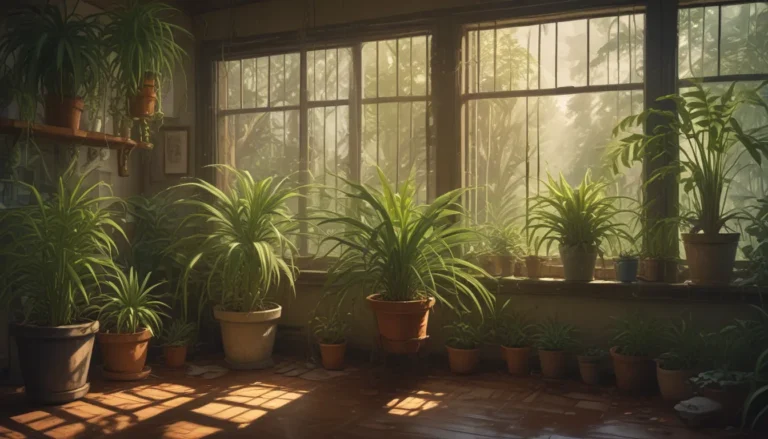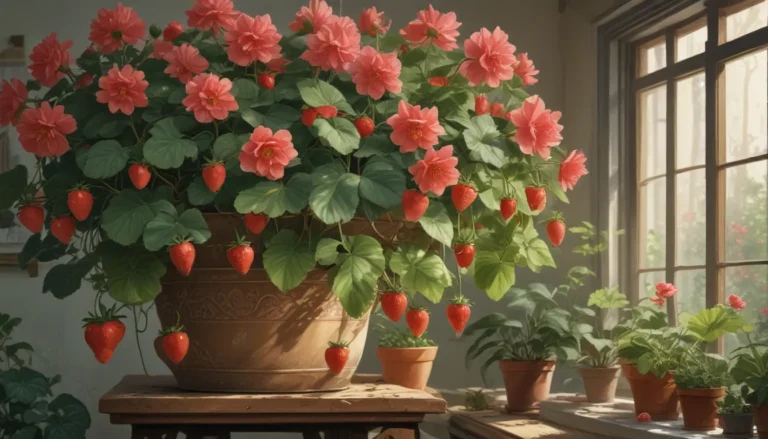A Complete Guide to Identifying and Treating Common Camellia Diseases

Camellias are undoubtedly the backbone of many gardens – with their vibrant blossoms and glossy evergreen foliage, they bring life to the landscape, particularly during the dormant winter months. Whether serving as a subtle background plant or a stunning focal point, camellias always add a touch of elegance.
One of the reasons why camellias are favored by many gardeners is due to their resilience against diseases and pests. However, like any other plant, they are not entirely immune to health issues. Should you notice any unusual signs on your camellia, it is crucial to be able to identify the problem quickly to determine the appropriate treatment.
If you’re looking for a refresher on general camellia care, check out our comprehensive guide. In this in-depth article, we will discuss seven common diseases that can affect camellias, along with their treatments and preventive measures.
7 Common Camellia Diseases
- Algal Leaf Spot
- Dieback and Canker
- Flower or Petal Blight
- Leaf Gall
- Phyllosticta Spot
- Root Rot
- Viruses
Apart from these common diseases, it’s essential to recognize physiological disorders that may mimic diseases. Conditions such as scab and sunscald can often be mistaken for diseases, but with keen observation, they can be distinguished based on specific symptoms.
Now, let’s delve into each of these diseases to gain a better understanding of how to identify and treat them effectively.
1. Algal Leaf Spot
Algal Leaf Spot is caused by the algal plant pathogen Cephaleuros virescens, which thrives under conditions of direct sunlight and excess moisture. The symptoms manifest as raised silvery-green, grayish-green, or tan spots on the leaves and stems. In severe cases, cankers can develop on damaged branches or twigs, leading to water obstruction and, ultimately, twig or stem death.
Treatment for Algal Leaf Spot involves pruning infected areas and applying copper fungicide regularly until symptoms diminish. Copper fungicide is an effective solution against various fungal diseases and is a handy tool to have in your gardening arsenal.
For a small infection area, pruning may suffice, but consistent monitoring and preventive measures are crucial to prevent further spread of the disease.
2. Dieback and Canker
Dieback and Canker are commonly found in regions with hot and humid climates. The fungal pathogens Colletotrichum gloeosporioides and Glomerella cingulata cause cankers to form on the stems, jeopardizing the plant’s growth and vitality. Symptoms include wilting, discoloration, and brittle branches, indicating the presence of the disease.
Pruning infected twigs and branches, followed by copper fungicide application, is an effective approach to manage Dieback and Canker. Regular monitoring and preemptive pruning can help mitigate the risk of severe infestation and maintain the health of your camellias.
3. Flower or Petal Blight
Flower or Petal Blight, caused by the fungus Ciborinia camelliae, primarily affects camellia flowers, causing rapid browning and petal discoloration. Prompt identification and removal of infected flowers are essential to prevent the spreading of the disease. Due to the pathogen’s resilience and longevity in soil, proactive measures are critical to safeguard other camellias from infection.
4. Leaf Gall
Leaf Gall is characterized by the development of colorful galls on camellia foliage, attributed to the Exobasidium camelliae fungus. This disease primarily affects C. sasanqua cultivars in humid conditions. Pruning infected leaves and monitoring for early signs of gall formation are key strategies to combat this disease effectively.
5. Phyllosticta Spot
Phyllosticta Spot, also known as purple-bordered spot or eye spot, is a fungal disease caused by Phyllosticta camelliae. Recognizable by purple semi-circular blotches and black fungal spots, this disease thrives in humid climates. Treatment involves removing infected leaves and applying suitable fungicides to control the spread of the disease.
6. Root Rot
Root Rot, induced by the fungus Phytophthora cinnamomi, targets the underground roots of camellias, leading to root decay and subsequent wilting of the plant. This disease necessitates proactive measures such as selecting resistant cultivars or rootstocks and ensuring proper soil drainage. Detection of root rot at early stages is crucial to prevent irreversible damage to camellias.
7. Viruses
Camellia ring-spot virus variants present unique symptoms such as leaf or flower discoloration, ranging from yellow to pale green or white. While viral infections are generally undesirable, camellia ring-spot virus can result in visually appealing patterns on leaves, making it a peculiar yet benign disease. Preventive measures include reducing viral spread through contaminated materials and adhering to strict sanitation practices.
Conclusion: Ensuring Camellia Health and Vitality
While camellias are renowned for their hardiness, being vigilant about potential diseases and implementing timely interventions are essential to maintain their health and vibrancy. By familiarizing yourself with common camellia diseases and their treatments, you can proactively safeguard your plants and enjoy a thriving garden throughout the seasons.
Remember, a proactive approach to disease management, coupled with regular monitoring and appropriate care practices, is key to cultivating robust and resilient camellias. We hope this comprehensive guide has equipped you with valuable insights to identify, treat, and prevent common camellia diseases effectively.
Feel free to share your experiences or seek further guidance in the comments section. For more specialized information on camellia care, check out our additional guides:
- How to Grow Camellias in Containers
- How to Protect Camellias from Winter Cold Damage
- 7 Reasons Why Your Camellia Isn’t Blooming
Your camellias deserve the best care, and with the right knowledge and proactive measures, you can ensure a flourishing garden filled with vibrant blooms year-round. Happy gardening!





